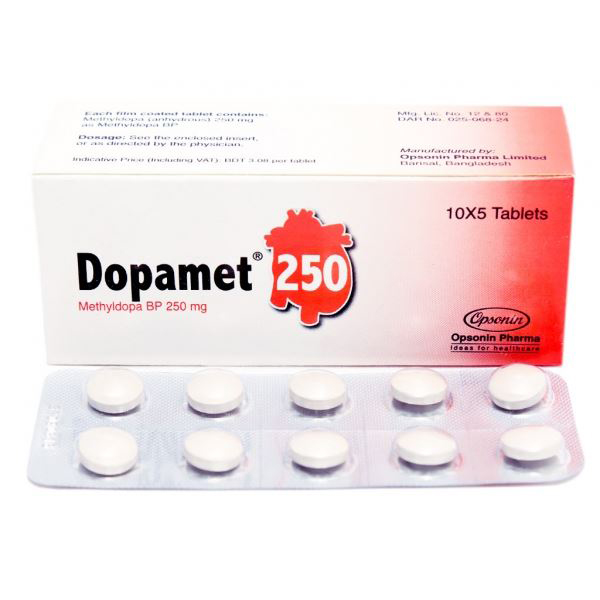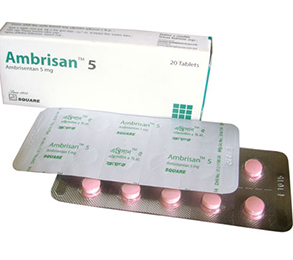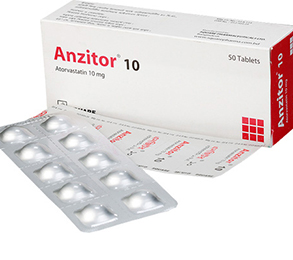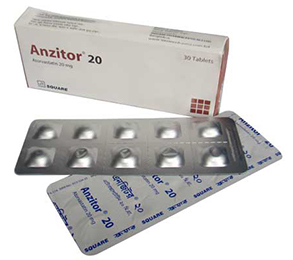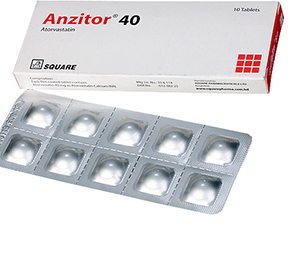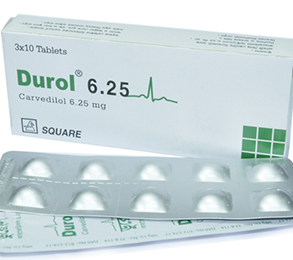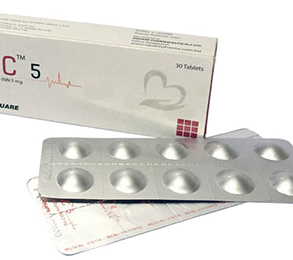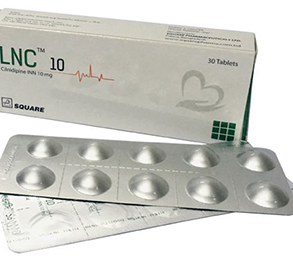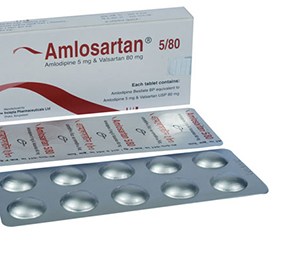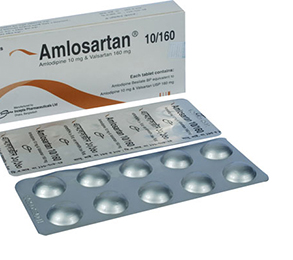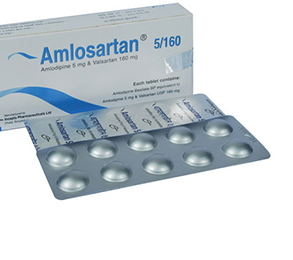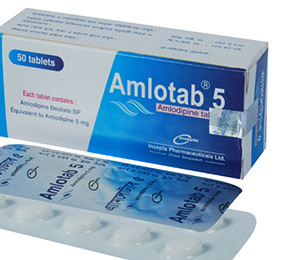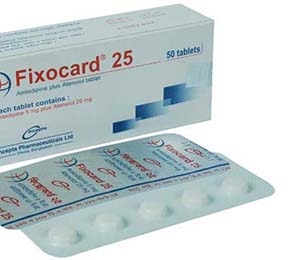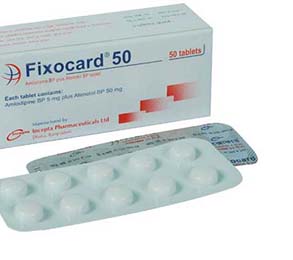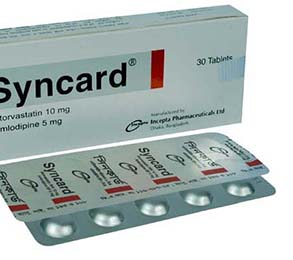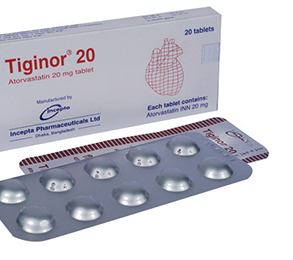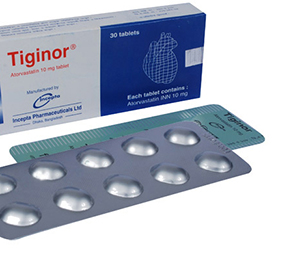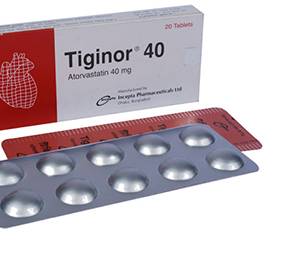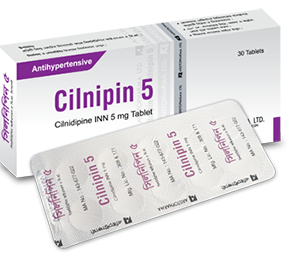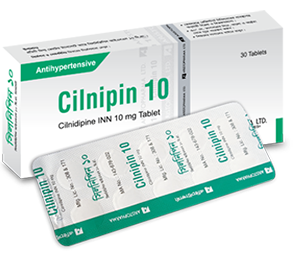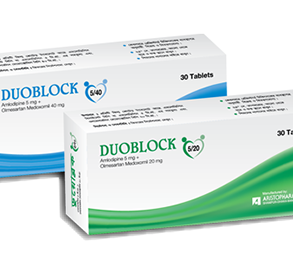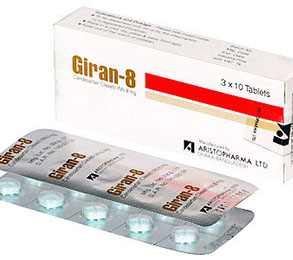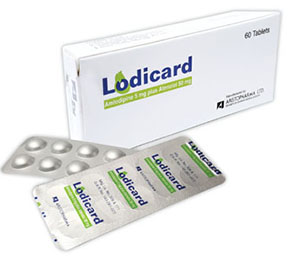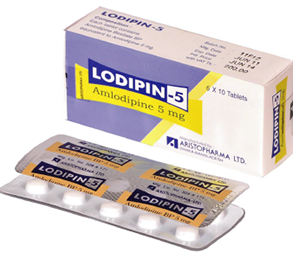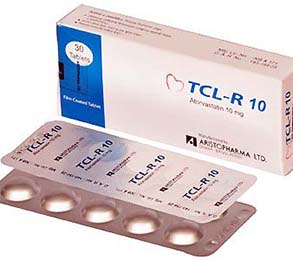Dopamet Tablet 250 mg 1 Pcs
Alternative products
Methyldopa
Indications
Methyldopa is indicated in Hypertension.
Pharmacology
Methyldopa, or α-methyldopa, is a centrally acting sympatholytic agent and an antihypertensive agent. It is an analog of DOPA (3,4‐hydroxyphenylanine), and it is a prodrug, meaning that the drug requires biotransformation to an active metabolite for therapeutic effects. Methyldopa works by binding to alpha(α)-2 adrenergic receptors as an agonist, leading to the inhibition of adrenergic neuronal outflow and reduction of vasoconstrictor adrenergic signals. Methyldopa exists in two isomers D-α-methyldopa and L-α-methyldopa, which is the active form.
First introduced in 1960 as an antihypertensive agent, methyldopa was considered to be useful in certain patient populations, such as pregnant women and patients with renal insufficiency. Since then, methyldopa was largely replaced by newer, better-tolerated antihypertensive agents; however, it is still used as monotherapy or in combination with hydrochlorothiazide. Methyldopa is also available as intravenous injection, which is used to manage hypertension when oral therapy is unfeasible and to treat hypertensive crisis.
Dosage & Administration
Adults-
- Initiation of Therapy: The usual starting dosage of Methyldopa is 250 mg two or three times a day in the first 48 hours. The daily dosage then may be increased or decreased, preferably at intervals of not less than two days, until an adequate response is achieved. To minimize the sedation, start dosage increases in the evening. When Methyldopa is given to patients on other antihypertensives, the dose of these agents may need to be adjusted to effect a smooth transition. When Methyldopa is given with antihypertensives other than thiazides, the initial dosage of Methyldopa should be limited to 500 mg daily in divided doses; when Methyldopa is added to a thiazide, the dosage of thiazide need not to be changed.
- Maintenance Therapy: The usual daily dosage of Methyldopa is 500 mg to 2 g in two to four doses. Although occasional patients have responded to higher doses, the maximum recommended daily dosage is 3 gm. Occasionally tolerance may occur, usually between the second and third month of therapy. Adding a diuretic or increasing the dosage of Methyldopa frequently will restore effective control of blood pressure. A thiazide may be added at any time during Methyldopa therapy and is recommended if therapy'has not been started with a thiazide or if effective control of blood pressure cannot be maintained on 2 gm of Methyldopa daily. Methyldopa is largely excreted by the kidney and patients with impaired renal function may respond to smaller doses. Syncope in older patients may be related to an increased sensitivity and advanced arteriosclerotic vascular disease. This may be avoided by lower doses.
Pediatric Use: Initial dosage is based on 10 mg/kg of body weight daily in two to four doses. The daily dosage then is increased or decreased until an adequate response is achieved. The maximum dosage is 65 mg/kg or 3 gm daily, whichever is less.
* চিকিৎসকের পরামর্শ মোতাবেক ঔষধ সেবন করুন'
Interaction
When Methyldopa is used with other antihypertensive drugs, potentiation of antihypertensive effect may occur. Patients may require reduced doses of anesthetics when on Methyldopa. When Methyldopa and lithium are given concomitantly the patient should be carefully monitored for symptoms of lithium toxicity. Coadministration of Methyldopa with ferrous sulfate or ferrous gluconate is not recommended.
Contraindications
Methyldopa is contraindicated in patients:
- with active hepatic disease, such as acute hepatitis and active cirrhosis
- with liver disorders previously associated with Methyldopa therapy
- with hypersensitivity to any component of these products
- on therapy with monoamine oxidase (MAO) inhibitors.
Side Effects
Sedation, usually transient, may occur during the initial period of therapy or whenever the dose is increased. Headache, asthenia, or weakness may be noted as early and transient symptoms. The following systemic side effects may rarely occur with the use of Methyldopa- angina pectoris, congestive heart failure, orthostatic hypotension, edema or weight gain, bradycardia, pancreatitis, colitis, vomiting, diarrhea, nausea, constipation, dryness of mouth, hyperprolactinemia, bone marrow depression, leukopenia, granulocytopenia, thrombocytopenia, hemolytic anemia; rheumatoid factor, hepatitis, jaundice, myocarditis, pericarditis, vasculitis, eosinophilia, parkinsonism, bell's palsy, nightmares and reversible mild psychoses or depression, dizziness, lightheadedness, paresthesias, arthralgia, myalgia, nasal stuffiness, rash, amenorrhea, gynecomastia, lactation, impotence. However, significant adverse effects due to Methyldopa have been infrequent and this agent usually is well tolerated.
Pregnancy & Lactation
Pregnancy category B. Methyldopa appears in breast milk. Therefore, caution should be exercised when Methyldopa is given to a nursing woman.
Precautions & Warnings
Methyldopa should be used with caution in patients with a history of previous liver disease or dysfunction. Some patients taking Methyldopa experience clinical edema or weight gain, which may be controlled by use of a diuretic. Methyldopa should not be continued if edema progresses or signs of heart failure appear. Hypertension has recurred occasionally after dialysis in patients given Methyldopa because the drug is removed by this procedure. Rarely involuntary choreoathetotic movements have been observed during therapy with Methyldopa in patients with severe bilateral cerebrovascular disease. If these movements occur, stop therapy
Use in Special Populations
Pediatric Use: There are no well-controlled clinical trials in pediatric patients. Information on dosing in pediatric patients is supported by evidence from published literature regarding the treatment of hypertension in pediatric patients.
Overdose Effects
Acute overdosage may produce acute hypotension with other responses attributable to brain and gastrointestinal malfunction (excessive sedation, weakness, bradycardia, dizziness, lightheadedness, constipation, distention, flatus, diarrhea, nausea, vomiting). In the event of overdosage, symptomatic and supportive measures should be employed. When ingestion is recent, gastric lavage or emesis may reduce absorption. When ingestion has been earlier, infusions may be helpful to promote urinary excretion.
Therapeutic Class
Centrally acting antihypertensive drugs (central sympatholytic)
Storage Conditions
Do not store above 30°C. Keep out of the reach of children.
- Type Tablet
- Tag
- Morbi leo risus
- Porta ac consectetur ac
- Vestibulum at eros
